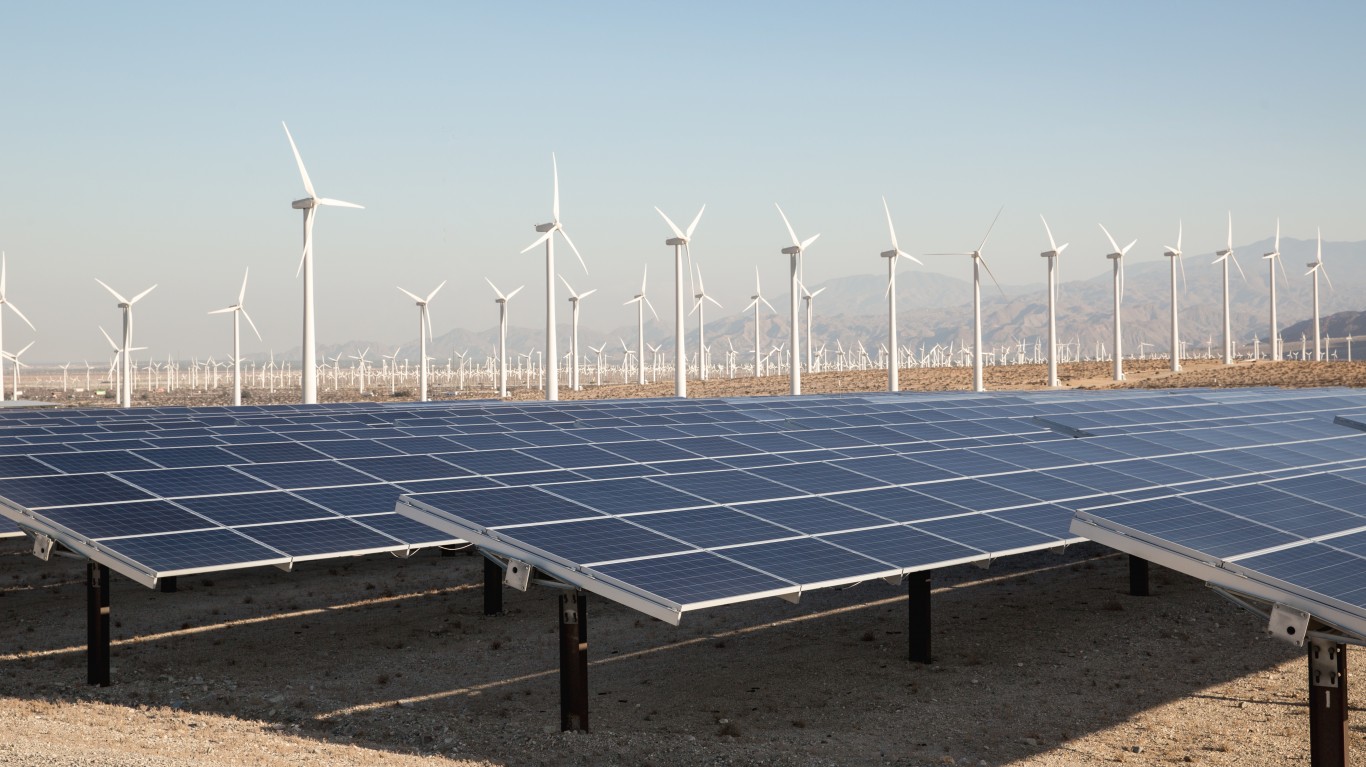
If much of what is published about fuel-switching to renewables is not verified by data, is the adoption of renewable fuels by global utility companies really happening at all? Have low-carbon power generation technologies really taken root outside qualitative descriptions of renewable fuel adoption?
Galina Alova, a Ph.D. candidate at Oxford University who has worked as an economist for both the Scottish government and the Organisation for Economic Co-operation and Development, has published a new paper in Nature Energy that systematically quantifies the transitions between 2000 and 2018 from fossil fuels to renewable generation at more than 3,000 utilities worldwide.
Her conclusion is not encouraging. Three-quarters of the utilities did not expand their renewable portfolios. Of the remaining quarter, a small number (2%) increased their coal generation capacity more than they increased generation from other fuels. About half of that quarter increased natural gas generation and, except for the handful that increased coal-fired generation, the rest prioritized renewables growth. Hydropower generation is excluded from the study.
What may be even more disheartening, 60% of the global utilities that prioritized increasing their renewable capacity did not stop expanding their fossil-fuel capacity at the same time. Just 15% that increased renewable capacity also reduced fossil fuel capacity.
As Alova points out, “These findings point to electricity system inertia and the utility-driven risk of carbon lock-in and asset stranding.”
There are, however, some hopeful signs. Among the four clusters Alova identified (the non-expanding renewables group, the gas-prioritizing group, the renewables-prioritizing group, and the coal-prioritizing group), 34% of companies prioritizing renewable generation also reduced coal- or natural gas-fired capacity. And the number of companies transitioning to renewables is rising while the number of companies favoring fossil fuels is shrinking.
The transition to renewables often proceeds “hand-in-hand” with growth in natural gas capacity. Companies growing renewables by an average of 49% also increased natural gas generation by 19%. Natural gas emits about 40% to 50% less carbon than coal.
Still, while more companies are transitioning to renewables, the transition is happening slowly. Companies that are prioritizing more renewable capacity continue to increase their fossil fuel portfolios as well. As Alova notes:
Coupled with the finding that the [renewable]-prioritizing companies tend to be larger and own a higher market share than the other utilities, … these companies might not necessarily aim to replace their [fossil fuel] capacity with [renewables], but rather add low-carbon assets to their growing core business.
Utility companies worldwide owned more than 70% of operating coal and natural gas generating capacity at the end of 2018. Alova comments: “A large share of these assets is far from its retirement age, with a third being added in the last ten years; and unless retired early and resulting in asset stranding, these power plants are here to stay for decades, leading to carbon lock-in.”
It’s Your Money, Your Future—Own It (sponsor)
Retirement can be daunting, but it doesn’t need to be.
Imagine having an expert in your corner to help you with your financial goals. Someone to help you determine if you’re ahead, behind, or right on track. With SmartAsset, that’s not just a dream—it’s reality. This free tool connects you with pre-screened financial advisors who work in your best interests. It’s quick, it’s easy, so take the leap today and start planning smarter!
Don’t waste another minute; get started right here and help your retirement dreams become a retirement reality.
Thank you for reading! Have some feedback for us?
Contact the 24/7 Wall St. editorial team.
 24/7 Wall St.
24/7 Wall St.



